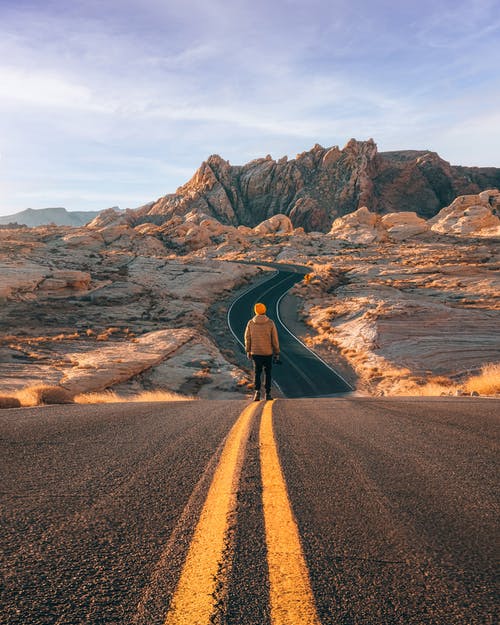Panoramic images are becoming more and more popular across all kinds of social media networks. Whether it’s a long landscape shot or a bike ride through a city, capturing a wide view can make for truly spectacular imagery. But how do you create the best panorama possible? Photographers like Bruce Weber know a thing or two about capturing breathtaking compositions of all types. Photography has become so much more than just pointing your camera in one direction and shooting something in front of you. Today, most cameras come with an array of features that give you even more creative control over how your shots turn out – including panorama mode. But what is the best way to capture panoramic images?
Let’s take a look at how you can create unique, compelling panorama shots that help your imagery stand out!
Use the multi-row feature to create an ultra wide panorama.
The first step in creating a great panoramic shot is setting up your camera and choosing the right mode. If you’re using a modern smartphone or digital camera, the chances are that it has some panorama mode built-in. The specific name of this function depends on the device in question but will most likely be named “panorama” or simply “multi-shot.” This setting lets you take several photos (usually three to six) that are stitched together into one wide image. When using this mode, try to frame each shot to overlap with the previous one by at least 30%. This will ensure that your final panorama looks smooth and seamless.
If you’re using a digital camera, select the multi-row feature that allows you to capture several images in quick succession by holding down the shutter button and rotating the camera from left to right (or vice versa). Getting this step right is crucial, so be sure to try it out a few times before snapping any actual photos. Make sure to rotate slowly and smoothly, stopping after each rotation to capture your image fully.
Always shoot at your camera’s widest aperture for the sharpest results.
Next, you’ll want to choose an appropriate aperture setting. Since panoramas have such a wide angle of view, you need to have a very large depth of field. This means that your aperture should be set at its smallest f-stop. For example, if you’re using a DSLR with an APS-C-sized sensor, choose an aperture of f/8 or even smaller. Make sure to check your camera’s manual to see which f-stop corresponds with the sensor size.
Your aperture setting will depend on how smart your device is if you’re using a smartphone. Most smartphones give you manual control over exposure, so be sure to choose the lowest f-stop that your camera allows (or even “wide open”). Smartphone cameras are not quite as powerful as DSLRs, but they still produce great images as long as you do a bit of research.
Sharp, crisp panoramic shots require a tripod or a flat surface.
Panorama mode doesn’t always come with an in-camera stabilization feature, so your next step should be to find something to steady your camera. If you’re shooting outdoors and have a tripod handy, use it for the best results. If you’re out in nature or indoors without one, try resting your camera on a flat surface like the hood of your car or the back of a park bench.
